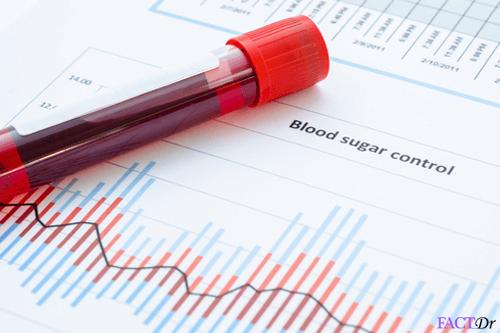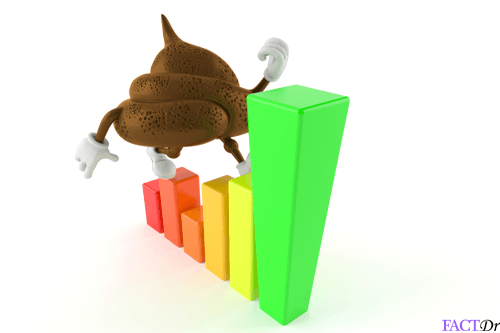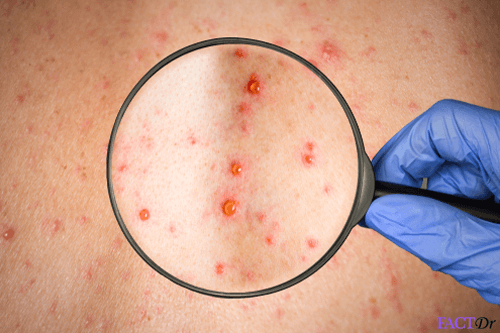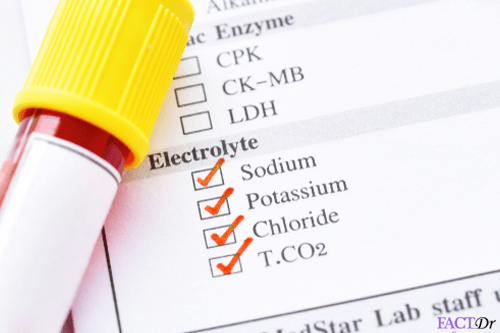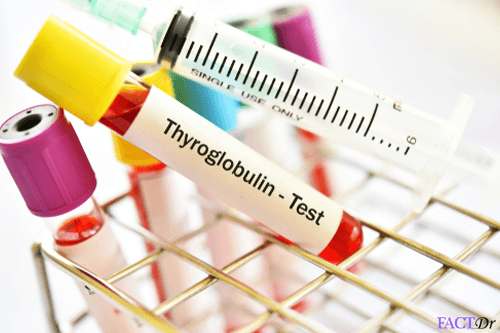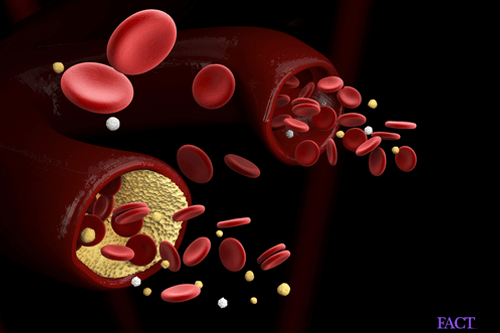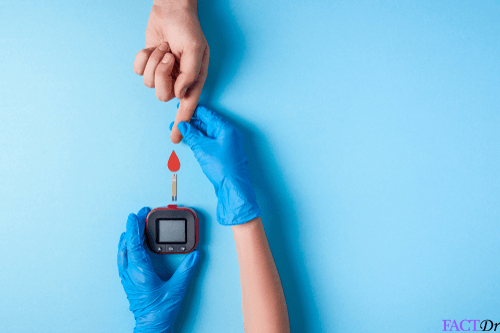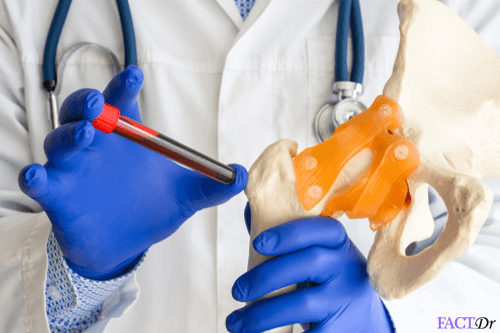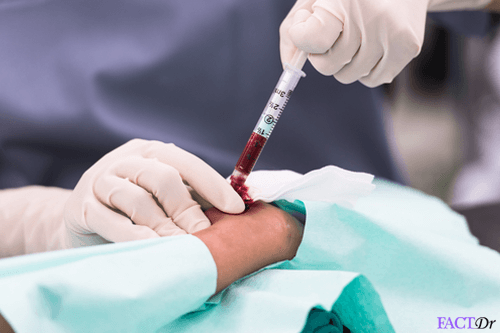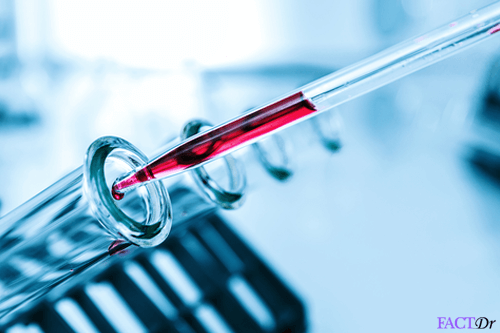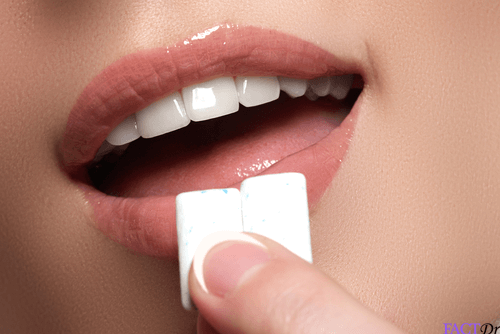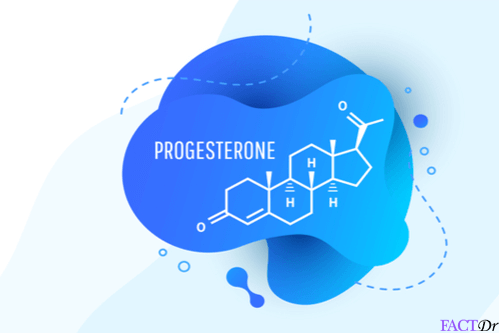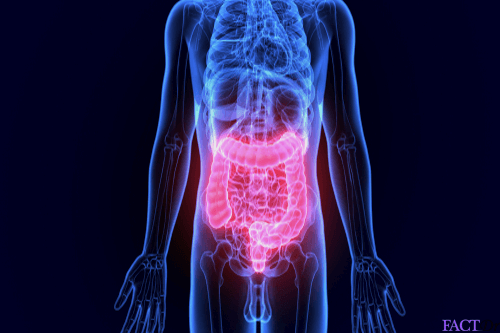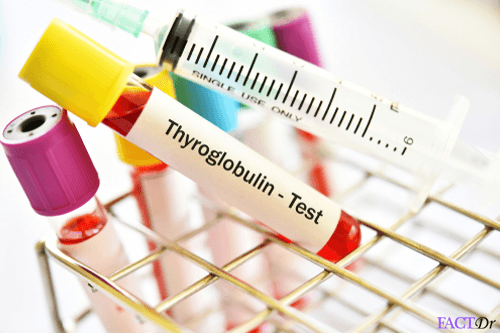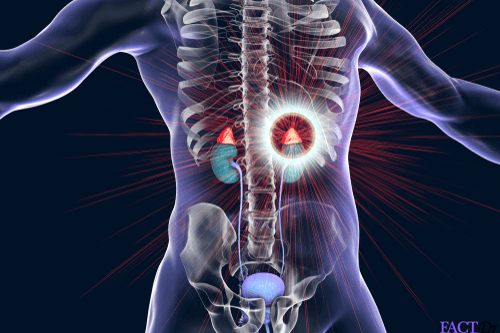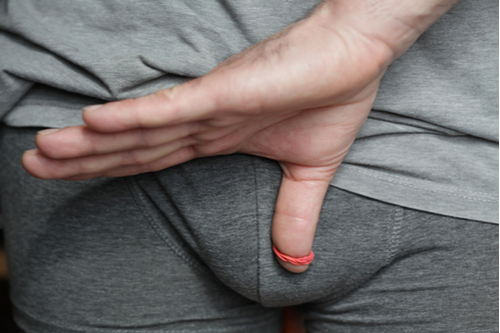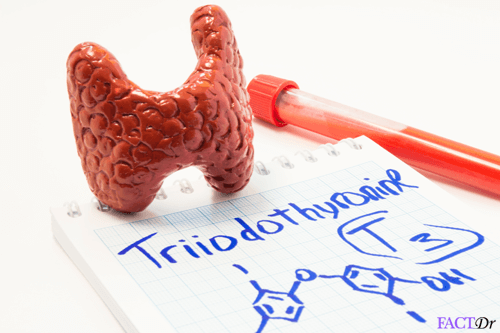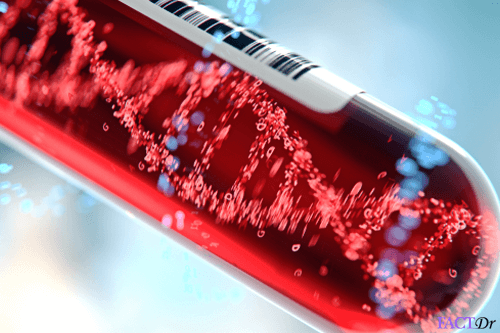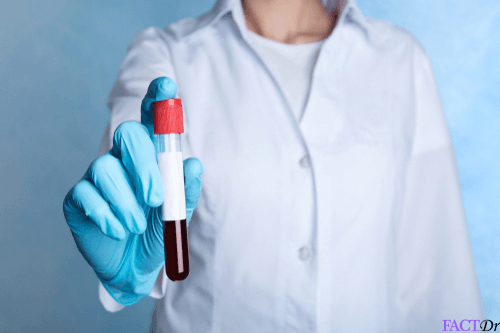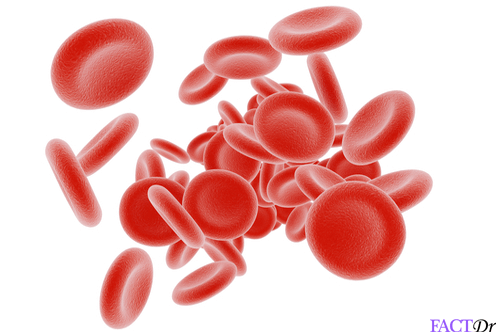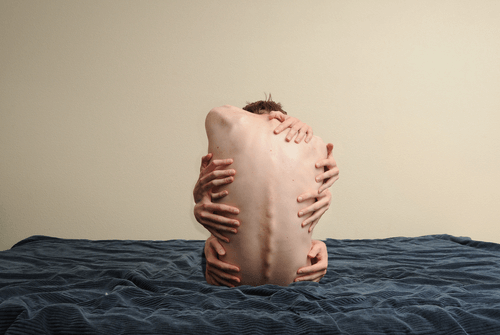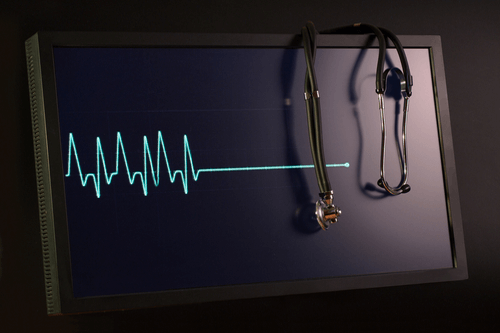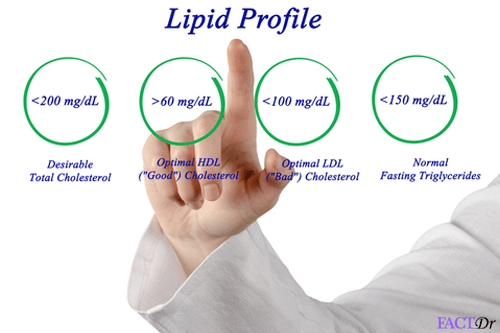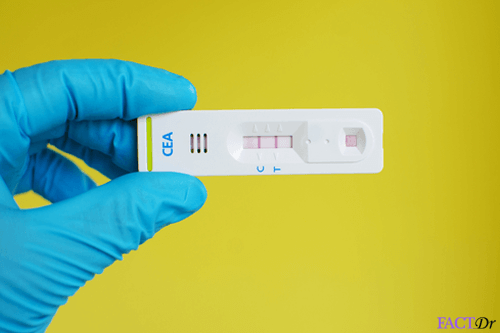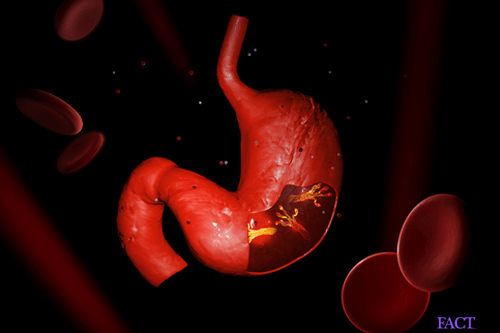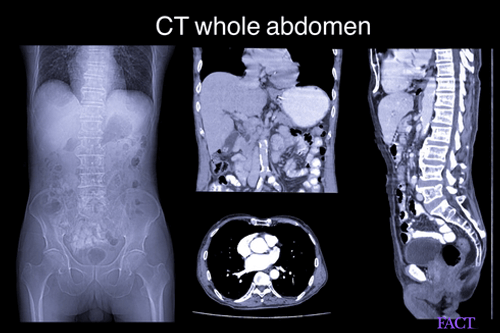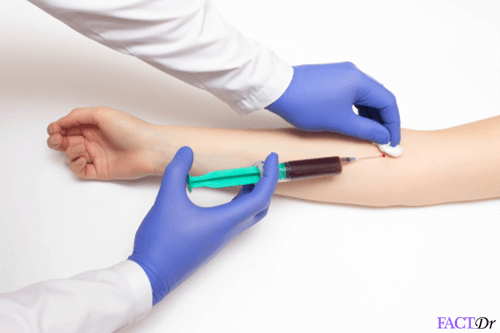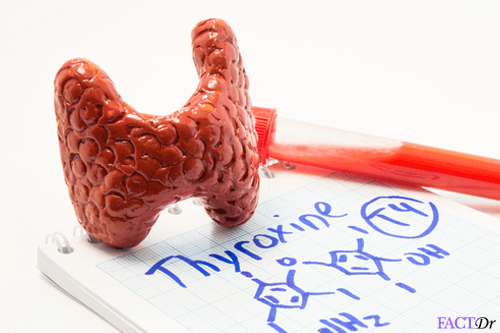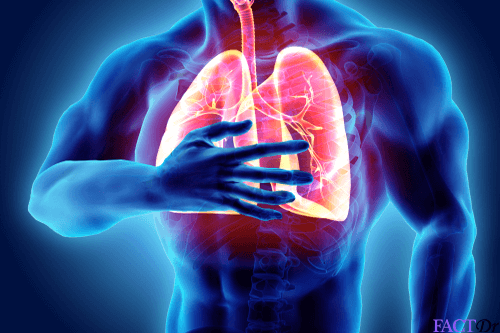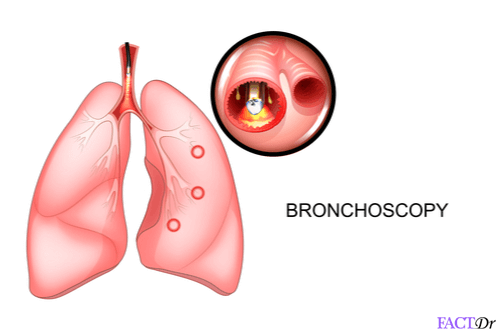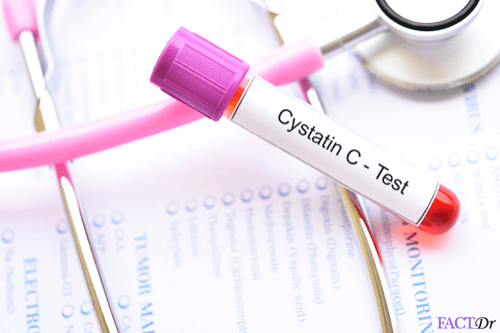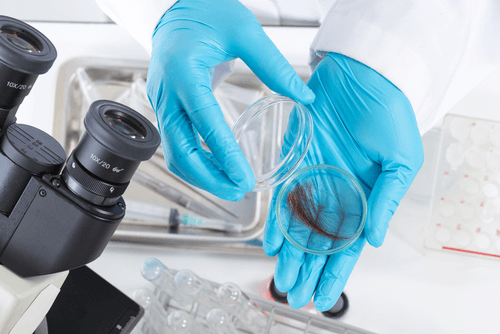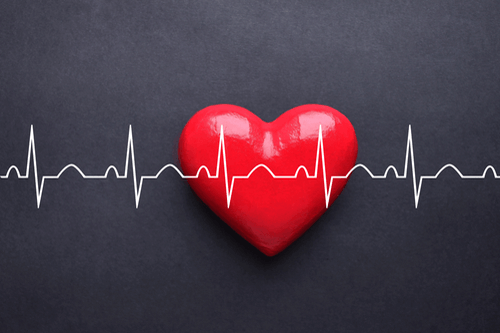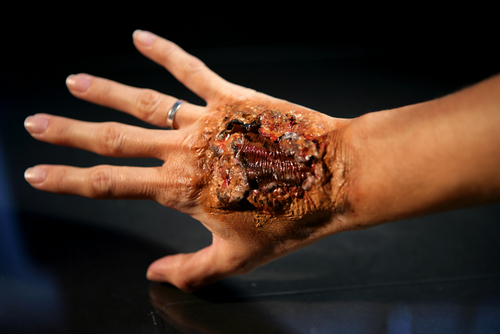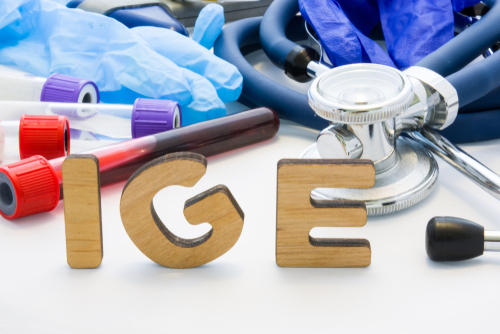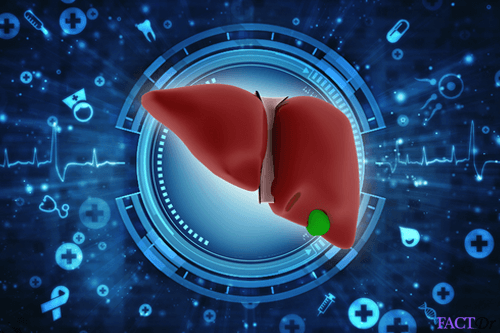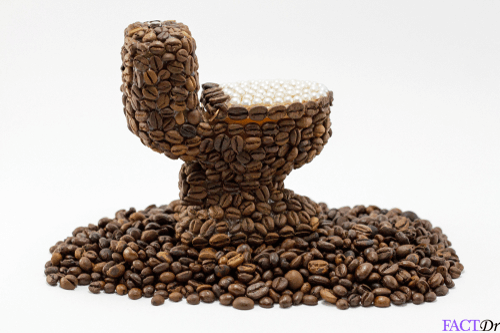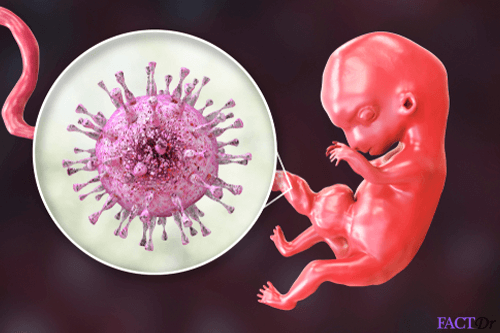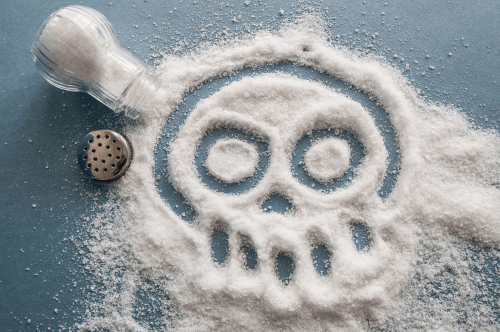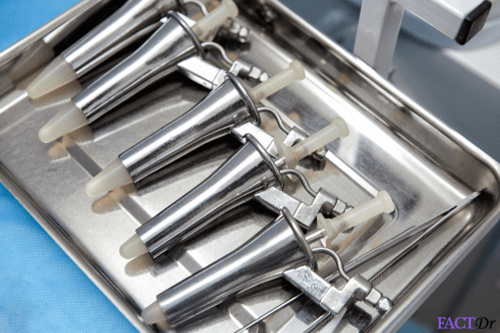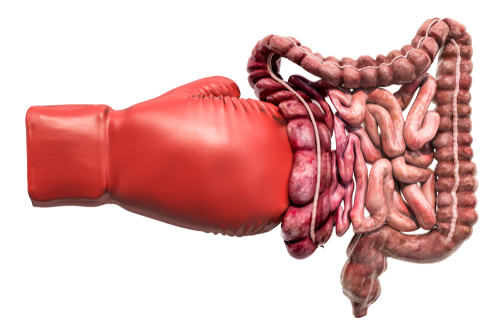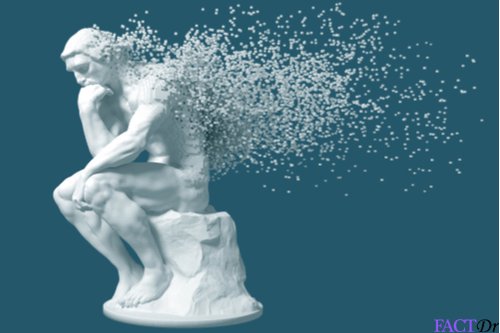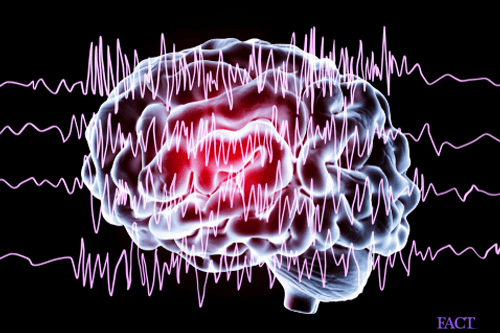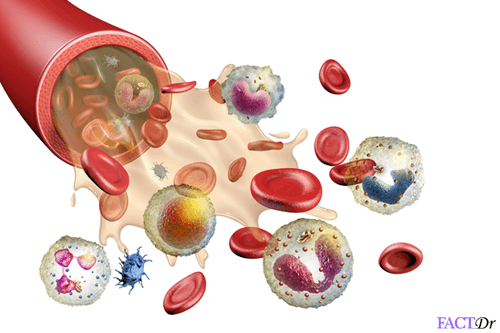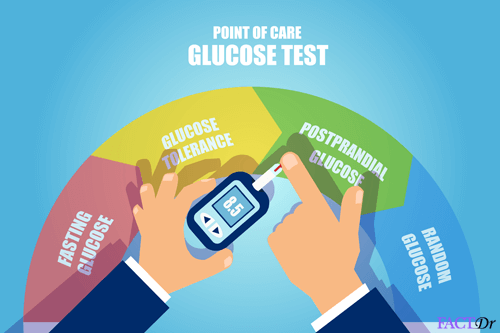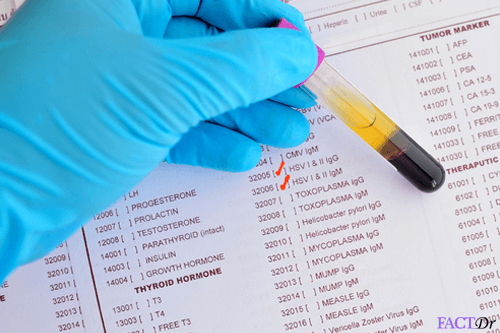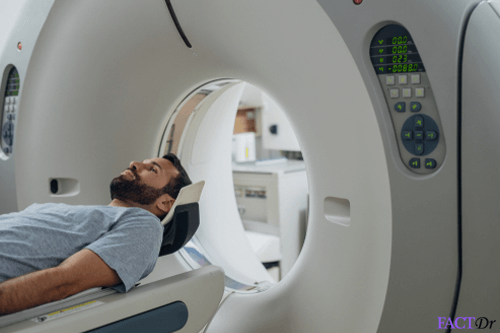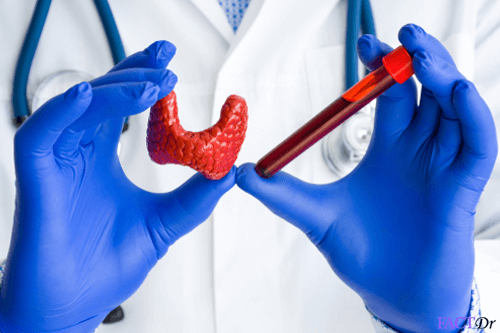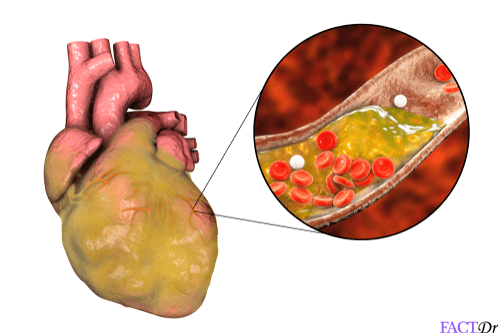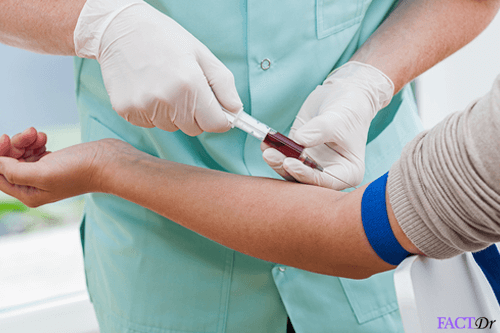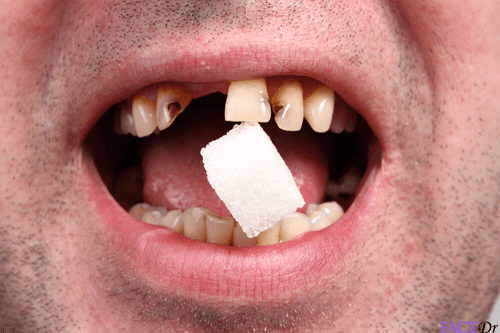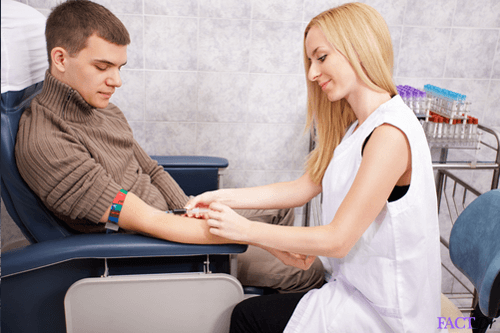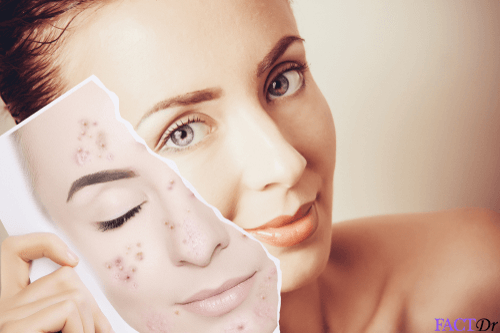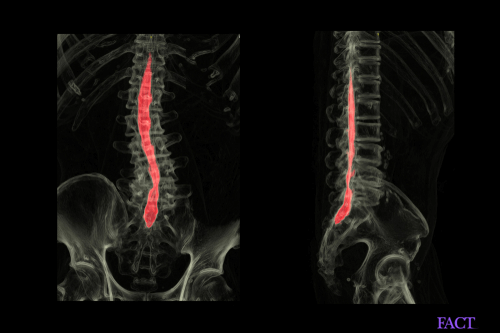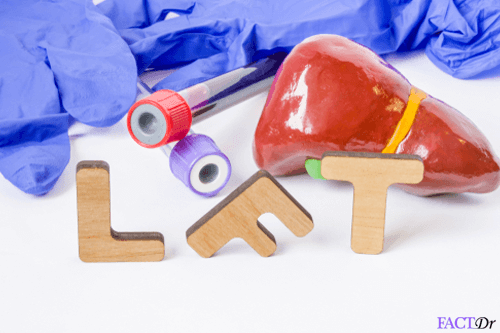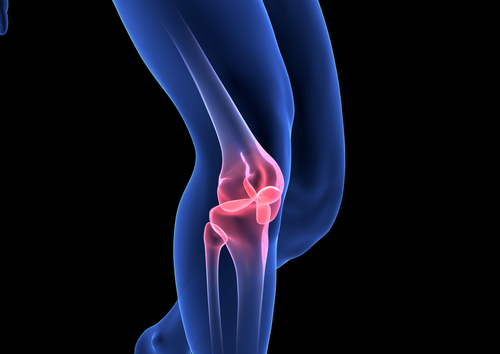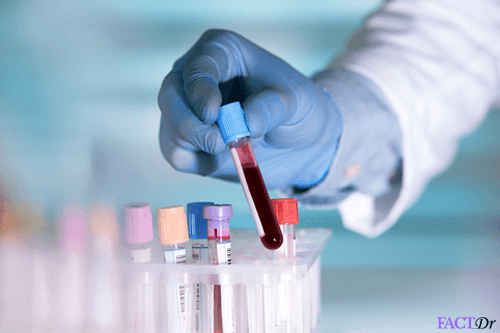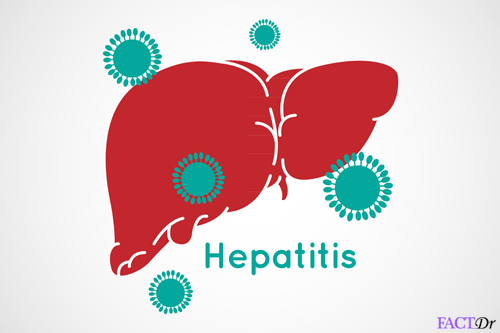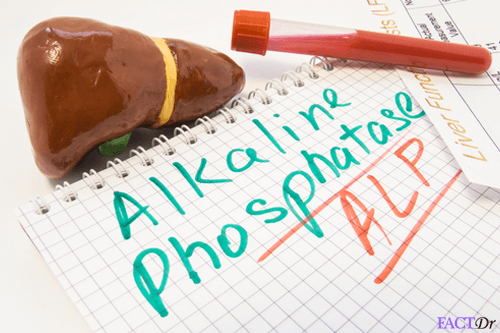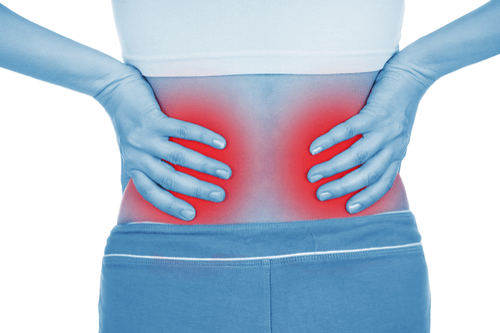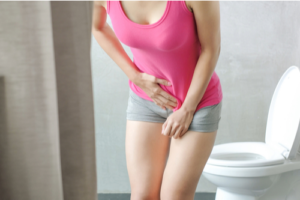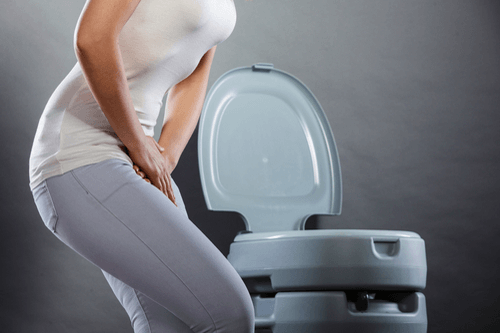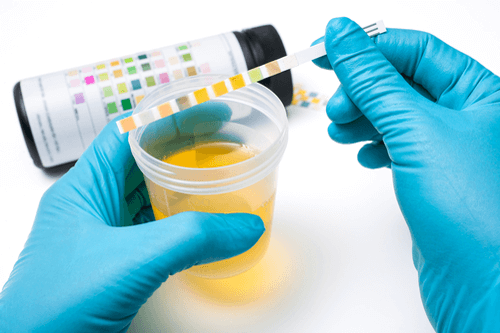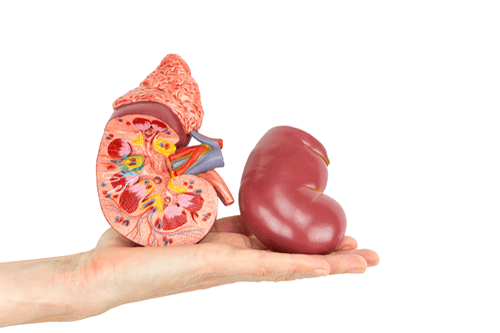Last Updated December 20th, 2021
Overview
Foot problems are common in both men and women after a certain age. The most common disorder of the foot is “swollen feet”. According to the research findings by the American Academy of Periodontists, “swollen feet” has become one of the leading causes of disability. In working professionals, swollen feet condition leads to a loss of productivity. According to the epidemiological studies by the Center for Disease Control and Prevention, nearly 30% of the current global population suffers from swollen feet problems. Surveys also prove that women above 50 are more prone to swollen feet conditions. Nearly 10% women above 55 years of age suffer from swollen feet.
What are swollen feet?
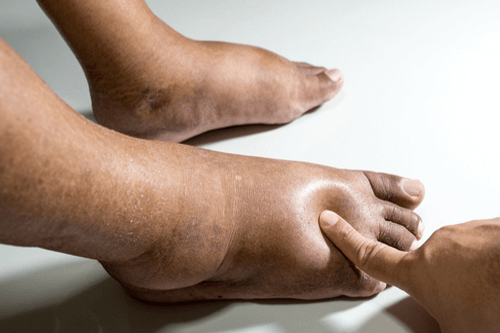 Swollen feet or “lymphedema” is the pathological condition in which one or both feet swell abnormally due to retention of extra fluids within the body. It is caused due to various physiological and environmental factors. It is mainly precipitated by dietary habits and existing medical conditions after a certain age. Excess build-up of fluids occurs within the body tissues in this condition. This extra-fluid retention is manifested as the swelling of different parts of the body such as the hands, abdomen, and face. But the swelling is most prominent in the feet. Swollen feet conditions can lead to permanent immobility and even death.
Swollen feet or “lymphedema” is the pathological condition in which one or both feet swell abnormally due to retention of extra fluids within the body. It is caused due to various physiological and environmental factors. It is mainly precipitated by dietary habits and existing medical conditions after a certain age. Excess build-up of fluids occurs within the body tissues in this condition. This extra-fluid retention is manifested as the swelling of different parts of the body such as the hands, abdomen, and face. But the swelling is most prominent in the feet. Swollen feet conditions can lead to permanent immobility and even death.
What causes swollen feet?
Swollen feet is mainly caused due to the accumulation of excess fluid within the body tissues. But there are numerous other factors as well. The commonly studied causes are described below-
- Accumulation of excess fluid within the body due to improper functioning of the lymphatic system.
- A build-up of fluid within tissues due to loss of filtration capacity by the kidneys
- Presence of kidney stones (disrupts the normal functioning of the kidney)
- The reverse flow of venous blood (mainly in the feet) in patients suffering from varicose veins (results in swollen feet due to blood clots at several places)
- A regular diet rich in protein (animal protein, red meat), purine and sodium
- Hormonal changes during pregnancy or after menopause
- Radiation therapies due to existing diseases (Eg: chemotherapy for treating cancer)
- Poor postures such as standing for several hours continuously (causes accumulation of blood in the lower parts of the body due to the effect of gravity)
- An excess intake of water or other fluids
- Side-effects of medications (Eg: NSAIDs, Thiazolidinediones) used to treat other diseases
- Accumulation of wastes (Eg: uric acid crystals) due to kidney dysfunctions
- Bone deformities or joint disorders of the feet (Eg: Gout)
- Diseases that cause immobility like Parkinson’s
- Leading an extremely sedentary lifestyle with a complete lack of physical activities
- Deficiency of essential vitamins and minerals in the regular diet
- Presence of injured or damaged veins in the feet
- Serious diseases like cardiovascular disorders, renal dysfunctions or liver diseases
- Using defective footwear for a long time
Symptoms of swollen feet
 Swollen feet is not difficult to identify. The commonly observed symptoms are as follows-
Swollen feet is not difficult to identify. The commonly observed symptoms are as follows-
- Overall swelling of feet (especially the bottom of feet)
- Presence of one swollen foot and one normal foot at the same time
- Presence of outgrowths or bulges on different portions of the foot
- Redness of feet (with or without pain)
- A feeling of heaviness in the legs
- Swelling with or without pigmentation
- Difficulty placing feet on the ground due to loss of shape of the feet (especially the sole)
- Loss of sensation in the feet due to lack of circulation in the affected regions
- Extreme tenderness, warmth, and sensitivity of the feet
- Presence of ulcers on the feet (rare cases)
- Reddish or bluish discoloration of the skin
- Change of texture of the skin (turns leathery)
- Peeled off whitish flakes from the feet
- Difficulty wearing normal footwear
Types of swollen feet
Swollen feet or lymphedema is broadly categorized into the following types-
- Primary lymphedema: It occurs due to the defective circulation of lymph in the feet due to abnormalities in the functioning of the lymphatic system. This results in accumulation of fluid in the lymphatic and interstitial spaces. Disruption in the basic functioning of the lymphatic transportation and collection system results in such conditions. A few diseases of this category are- Milroy disease (congenital lymphedema), Meige disease (genetic lymphedema), Lymphedema praecox (occurs after 35), Lymphedema tardum and Lymphangiomas (caused due to cystic malformation of lymphatics).
- Secondary lymphedema: Secondary lymphedema occurs due to some past infection or injury. The common diseases leading to lymphedema are filariasis (causes damage and blockage of lymphatics), Cellulitis (fungal infection), Lymphogranuloma venereum (characterized by enlarged inguinal lymph nodes) and scrofula (tuberculous lymph nodes of the neck).
Diagnosis
Diagnosis of swollen feet is necessary in order to find out the exact cause of the disease. The following laboratory tests are usually recommended –
- Chest X-ray, electrocardiogram and echocardiogram (for a full examination of the cardiopulmonary system)
- Blood test to determine the blood-albumin level (for analysis of kidney and liver functions)
- Thyroid function tests (T3 and T4 tests)
- CT scan (to look for the presence of retroperitoneal fibrosis)
- Lymphangioscintigraphy
- MRI scan
Treatment and Prevention
Treatment
High blood pressure
- Medication – Certain medication can help in reducing the levels of blood pressure in our body and getting it back to its required levels. Medications such as diuretics, lisinopril and captopril aid in bringing the body’s blood pressure back to normal.
- Additional medications to treat high blood pressure – Alpha blockers, alpha-beta blockers and beta blockers aid in inhibiting the nerve impulses that tend to increase the blood pressure in the body.
Diabetes
 Healthy eating – Making sure that your diet consists of healthy food such as fruits, vegetables, grains, lentils etc can help in reducing the symptoms of diabetes.
Healthy eating – Making sure that your diet consists of healthy food such as fruits, vegetables, grains, lentils etc can help in reducing the symptoms of diabetes.- Physical activity – Ensuring that you maintain a healthy lifestyle is very important as it can affect your overall health.
- Monitoring your blood sugar – Keeping an eye on your blood sugar levels is very important if you have been diagnosed with diabetes. Monitoring your blood sugar levels can help in reducing the symptoms of diabetes.
- Medications – Certain medications are provided to aid in reducing the symptoms of diabetes. Medications such as metformin, meglitinides, and DPP-4 inhibitors help in reducing the symptoms of diabetes.
- Surgery –This surgery is only done if the patient is overweight according to their BMI. This surgery helps in bringing back the patient’s body weight to the adequate BMI levels.
Chronic kidney diseases
Treating end-stage kidney diseases
- Dialysis – This treatment method is followed when the kidney cannot flush out any of the toxic and waste out of the body. Here, a machine is attached to the patient, which helps in flushing out the toxins and waste from the body.
- Kidney transplant – This treatment method is followed when all other methods do not work. Here, the damaged kidney is removed and replaced with a new and healthy kidney that is given by a donor.
Prevention
High blood pressure
- Maintain a healthy lifestyle.
- Maintain an ideal body weight.
- Do not consume alcohol in excessive amounts.
- Maintain the sodium levels in your diet.
- Exercise regularly.
Diabetes
- Maintain a healthy lifestyle.
- Consume clean and healthy foods.
- Monitor your sugar intake.
- Exercise regularly.
Chronic kidney diseases
- Do not smoke.
- Maintain a healthy weight.
- Monitor your sodium intake.
- Exercise regularly.
- Consume healthy fats.
Dos and Don'ts
- Maintain your sodium levels, as this can increase the symptoms of swollen feet.
- Exercise regularly.
- Maintain a healthy diet, consume dark green leafy vegetables.
- Consume unhealthy fats; restrict your diet to that of healthy fats.
- Neglect your overall health.
- Consume excessive amounts of alcohol.
Help Others Be Fit
Related Conditions
Trending Topics
